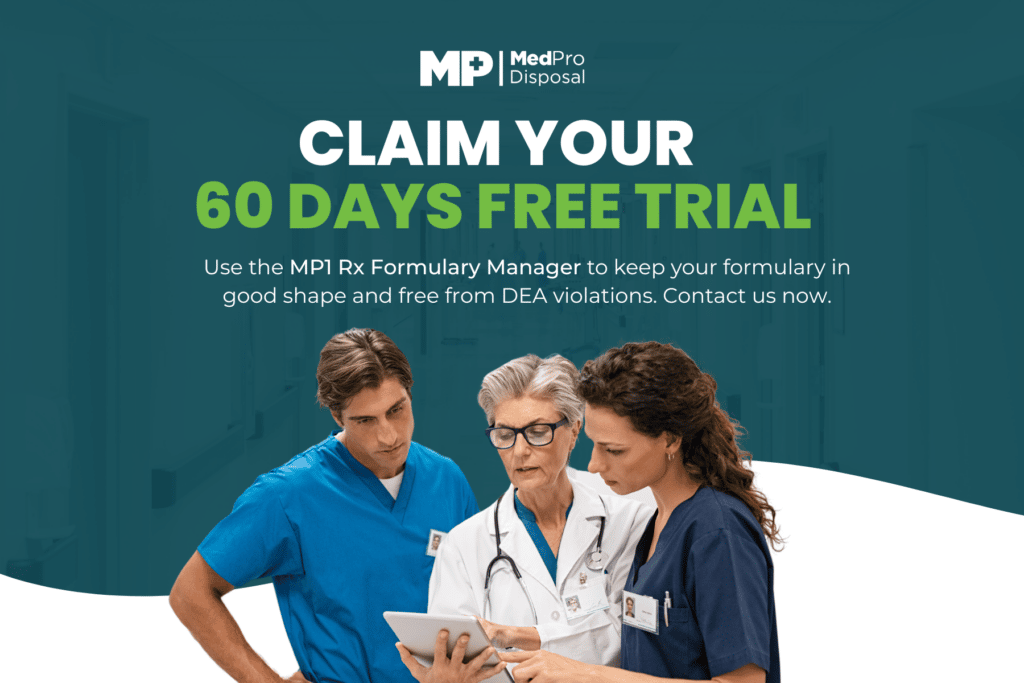Arranging for proper disposal of non-creditable pharmaceuticals depends on the Reverse Distributor’s ability to identify whether any of these are hazardous.
Approximately 5-15% of pharma waste is characterized as hazardous. The balance of pharma waste is non-hazardous and can be legally shipped and accepted by certain types of facilities for disposal or even used to create energy to power communities.
The method and cost to dispose of hazardous pharmaceuticals are different and cost significantly more than non-hazardous pharma waste.
For the small percentage of hazardous pharmaceuticals waste found, there are permitted facilities that this waste can be transported to for proper destruction. Generators who successfully segment their hazardous waste from their non-hazardous waste for disposal save considerable money.
Unfortunately, for many, the time to research, prole, and segregate their waste was viewed as daunting and more expensive compared to simply over-managing all waste as hazardous.
For an RD to operate efficiently, proper relationships with permitted treatment facilities must be part of their workflow. A few companies run under the EPA‘s strict licenses, permits, and governance to accept and treat specific types of waste.
Companies include Waste-to-Energy (WTE) plants that can legally accept and use the non-hazardous pharmaceutical waste to convert to energy via incineration. These WTEs cannot
accept or incinerate hazardous pharmaceutical waste.
If the EPA determines that the WTE has received and treated hazardous pharmaceutical waste, they will be subject to significant fines and penalties, including the possible shutdown of their facilities. These fines can also lead back to fines and penalties for the generator who is ultimately responsible for accurately identifying their hazardous waste (cradle-to-grave).

How do the RDs currently identify hazardous pharmaceutical waste?
Laws require that the l generators of the waste determine whether they have hazardous pharmaceutical waste. Finding this information on every hazardous pharmaceutical comes from scattered sources. Finding accurate and current information is confusing and difficult to find. Compiling and maintaining it is expensive and time-consuming.
For these reasons, many generators either choose to over-manage all pharma waste as hazardous or inadvertently co-mingle their hazardous waste with their non-hazardous waste. Unfortunately, both choices are not ideal and expensive.

How to try MP1: Rx Formulary Solution
The Formulary App is available as a monthly at-fee or annual subscription, and customers should contact a MedPro customer advocate for details on specific pricing.
Currently, healthcare organizations attempt and commonly struggle to manage their Formulary through complex, color-coded spreadsheets.
Unfortunately, those spreadsheets quickly become outdated as new medications are added, and other drugs are discontinued, which will impact the accuracy of the spreadsheet regarding Federal and State regulations.
Lastly, MedPro’s formulary management system (Powered by Birds Eye) helps avoid potential fines from the Drug Enforcement Agency (DEA) and maintains state requirements for Controlled Substances, keeping your practice safe.
Visit this page to get claim your 60-day free trial today or book a 15-30 minute phone appointment with a MedPro Disposal Customer Advocate.


